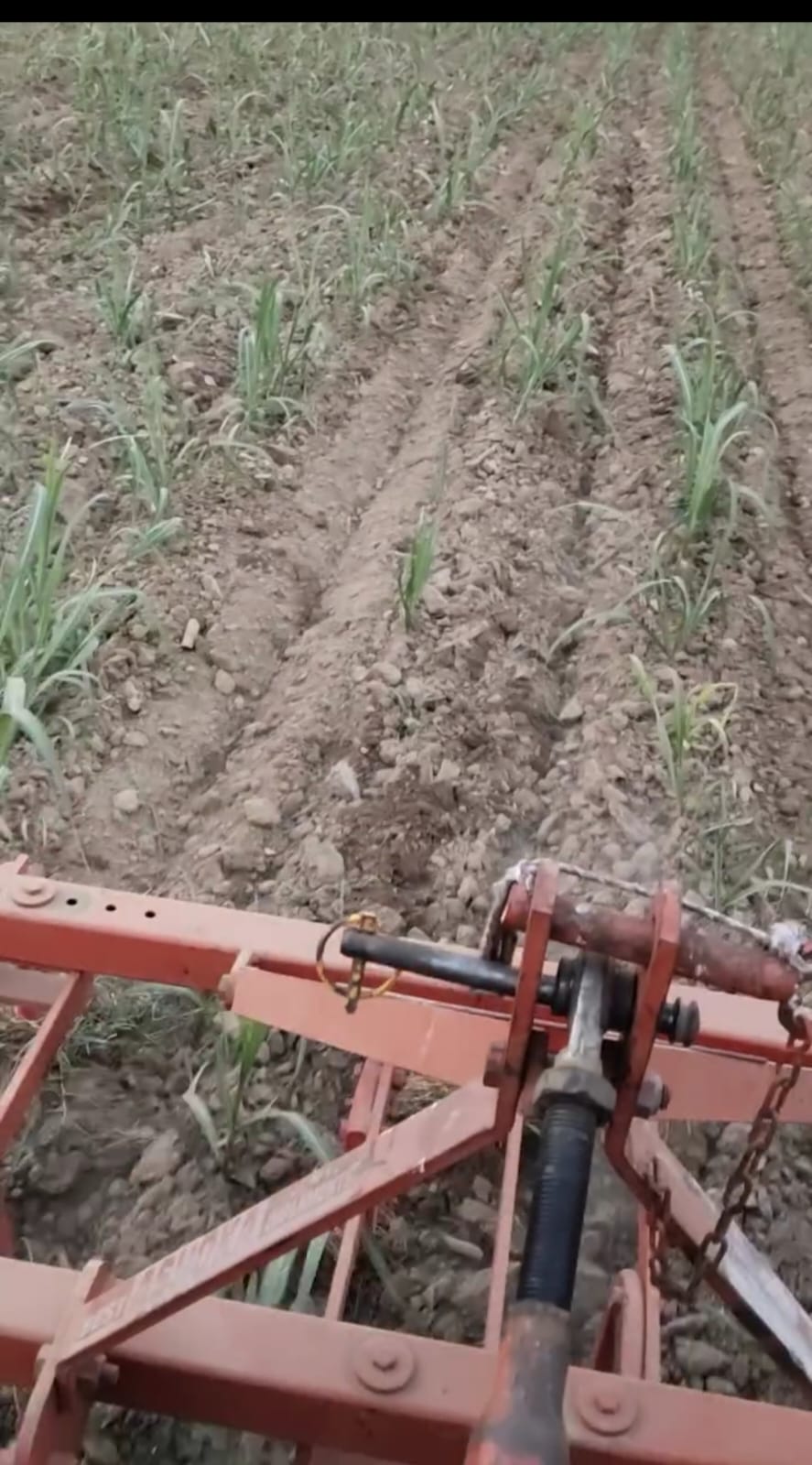Cultivating Progress: How Tractors Are Transforming Farming
In today’s rapidly evolving agricultural landscape, cultivating progress has become more than just a phrase—it’s a way of life for farmers across the globe. With the integration of advanced machinery, particularly tractors, traditional farming methods are being reshaped for better efficiency, productivity, and sustainability. Gone are the days when plowing fields and harvesting crops were entirely dependent on human and animal labor. Tractors are now at the heart of this agricultural revolution, leading the way in transforming farming operations big and small.
Cultivating Progress Through Mechanization
Mechanization has always been a major catalyst in the agricultural industry. The introduction of tractors to farming dates back to the early 20th century, but the pace at which they have evolved in recent decades is unprecedented.
Today’s tractors are no longer just heavy-duty machines meant for pulling loads or tilling the soil—they are intelligent, GPS-equipped, fuel-efficient powerhouses capable of completing multiple tasks with minimal human effort.
Cultivating progress in this sense means reducing labor intensity while improving yields. With precision agriculture technologies embedded in tractors, farmers can now monitor crop health, control pesticide and fertilizer distribution, and even analyze soil conditions—all in real time.
These innovations are especially vital in a world where demand for food is growing alongside population and climate concerns.


The Role of Tractors in Sustainable Farming for cultivating progress
Sustainability is a core component of progress in any field, and agriculture is no exception. Tractors play a pivotal role in this by reducing the environmental footprint of farming activities.
Advanced models are equipped with fuel-efficient engines, emission control systems, and even electric or hybrid power sources. This not only cuts down on pollution but also makes farming more cost-effective in the long run.
Farmers can now adopt no-till or minimum-till practices, thanks to tractors designed for such operations. These methods help in retaining soil moisture, reducing erosion, and promoting better soil health.
In this context, cultivating progress means fostering practices that benefit both the farmer and the environment.
Conclusion: Driving Agriculture into the Future
Tractors have undeniably become the symbol of modern agriculture. Their ability to perform a wide range of tasks—from plowing and planting to harvesting and hauling—makes them indispensable on farms of all sizes.
More importantly, they embody the spirit of cultivating progress—the drive to do better, grow more, and tread lighter on the planet.
As we move toward a future shaped by climate change, population growth, and technological innovation, the role of tractors will only continue to expand.
By embracing these machines and the intelligent technologies they carry, farmers are not just cultivating their fields—they’re cultivating a more resilient, efficient, and sustainable future for us all.
Challenges and Future Prospects for cultivating progress
Despite the many advantages, there are challenges in adopting tractor farming—particularly in developing countries. High costs, lack of access to financing, and limited technical knowledge can hinder adoption.
However, governments and agricultural organizations are stepping in to provide subsidies, training programs, and shared ownership models to make tractor access more inclusive.
Looking forward, the future of tractor farming lies in automation and artificial intelligence. Autonomous tractors that can operate without human input are already in development.
These machines are expected to further improve efficiency, reduce costs, and ensure precision at unprecedented levels. In this context, cultivating progress will also mean embracing emerging technologies and integrating them into everyday farming practices.